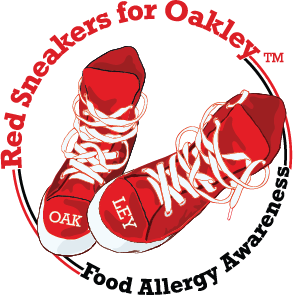Cross-Contact vs Cross-Reactivity
Food allergies affect millions of people and so far there is no cure for them. Avoidance is the main preventative treatment. But, is avoiding particular allergens enough to manage your food allergies? Yes and no.
Yes, because by avoiding foods that cause allergic reactions you decrease the possibility of having a reaction or anaphylaxis.
No, because you can suffer from an allergic reaction even from cross-contact and cross-reactivity.
Cross-contact happens when a trace amount of allergen gets into a food where it isn’t intended to be an ingredient.
Cross-reactivity occurs because two different allergenic foods have a similarity at a molecular level.
Let's understand this with an example:
Say someone tests positive for pecans and walnuts. The allergist advises them to avoid tree nuts. They wonder if it would be OK to eat almonds if they can confirm that neither pecans nor walnuts are processed at the same factory. Information from the manufacturer about other nuts handled at the facility could provide information about cross-contact but would not ensure safety from cross-reactivity.
Basically, the risk is that a protein in almonds has a similar enough molecular shape that it might interact with the antibodies that already respond to pecans and to walnuts. In this case, the safe route to try almonds would be to contact an allergist/physician and ask about challenge testing to check if they react to almonds also.
While avoiding your allergens it helps to always keep in mind the possibility of cross-contact and cross-reactivity, especially when eating out or grocery shopping.
Source: medium.com
